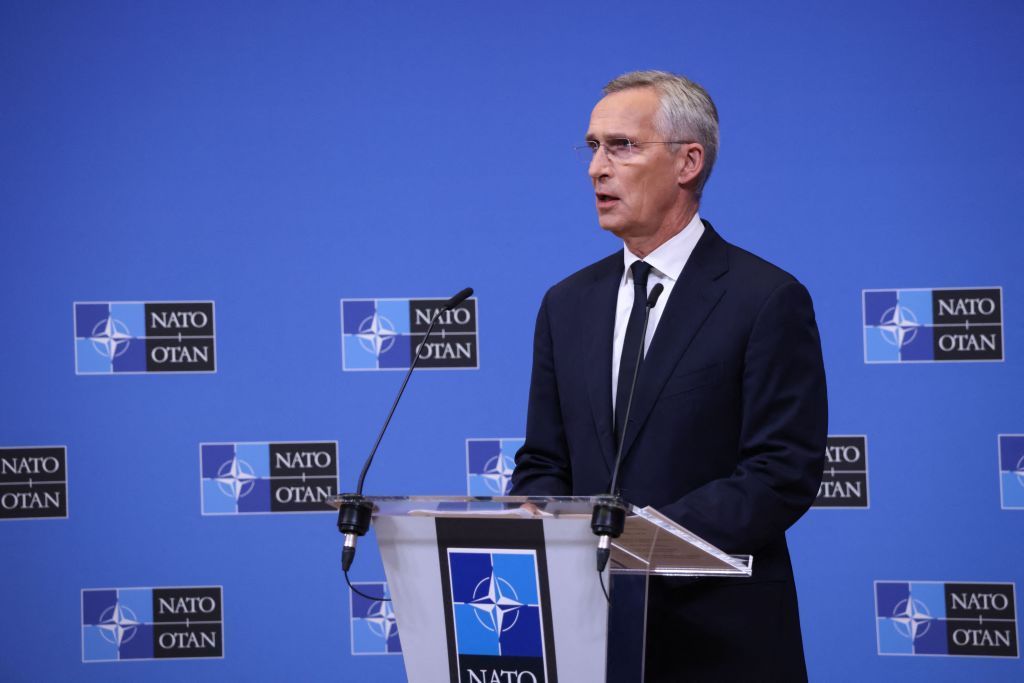Estonian intelligence: Russia could double troops on border, NATO must be better prepared for attack

The number of Russian troops in the vicinity of Estonia could double from the pre-2022 figure of 19,000, as Russia undertakes a massive reform of its military, Estonia's Foreign Intelligence Service warned in a report published on Feb. 13.
The report joins a growing list of warnings that the alliance must be better prepared for a potential war with Russia. German General Carsten Breuer said on Feb. 10 that the conflict could take place within the next five years.
"We can expect that within the next decade, NATO will face a Soviet-style mass army that, while technologically inferior to the allies, poses a significant threat due to its size, firepower, and reserves," Kaupo Rosin, the head of Estonia's Foreign Intelligence Service, said.
The report notes that the Russian military may not be inferior to NATO forces in terms of electronic warfare and long-range strike capabilities, echoing the warning of a German NATO commander that the alliance should be prepared for the prospect of Russian missile strikes in Europe, in the event of an all-out war with Russia.
The Estonian intelligence report said that defending against a "possible conventional attack from such an army" would require NATO and Western defense industries to be "significantly more prepared, capable, and better-stocked with ammunition" than current levels.
Russia is simultaneously "preparing for a prolonged conflict with Ukraine, necessitating additional armies and army corps" while planning to reorganize its troops on the border with NATO countries.
Following Finland's accession to NATO in 2023, the Western Joint Strategic Command was replaced by the Leningrad and Moscow Military Districts, aiming to "bolster Russia's military posture towards Finland."
The report notes that "Russia's military posture was minimal until Finland's recent accession to NATO" but plans to create the 44th Army Corps, likely based in Petrozavodsk, a city around 180 kilometers from the Finish border.
Russia appears to be on a path of militarization and "long-term confrontation with the West," the report notes.
In total, Russia aims to increase its military personnel from 1.15 million to 1.5 million soldiers by 2026, the report said. Russia's budget for 2024 proposes defense spending of over 10 trillion rubles ($109.3 billion), which is "roughly 6% of Russia's GDP."
Russia also has far more artillery ammunition available than what Western countries can supply to Ukraine, the report notes. As well as producing new ammunition, Russia refurbishes Soviet stocks of artillery ammunition, bringing the amount available to "3-4 million units in 2023," according to the report.
The EU aims to deliver over 1 million shells to Ukraine by the end of 2024, Prime Minister Denys Shmyhal said after meeting the EU's top diplomat, Josep Borrell, in Kyiv on Feb. 7.
Borrell recently conceded that the European bloc will fail on its promise to provide a million artillery rounds by March. Only around half of this number is projected to be delivered by the original deadline.
"It is almost certain that Western ammunition deliveries to Ukraine in 2024 will not be able to keep pace," and the gap "in available artillery ammunition between Ukraine and Russia is expected to widen even more in 2024."















